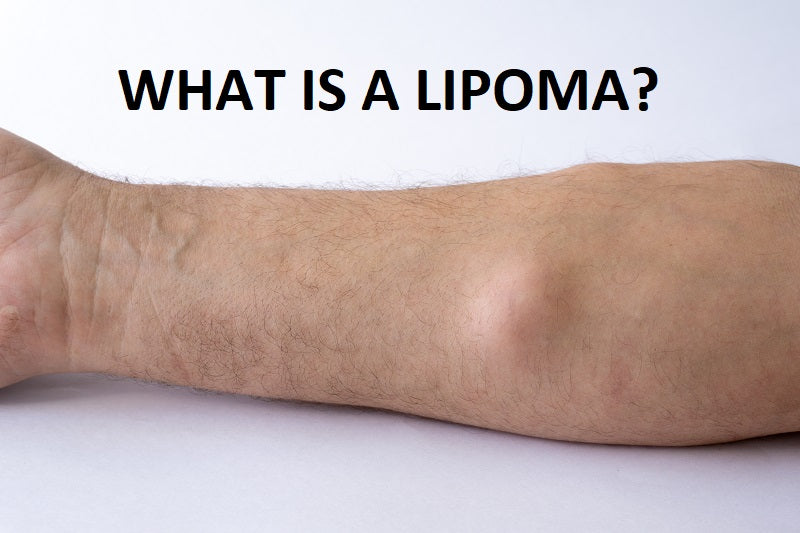
The Ultimate Guide for Lipoma and Its Natural Treatment
A lipoma is a benign tumor that develops just under the skin. It is stated that 1% of people in the world suffer from a lipoma in their lifetime. Lipomas develop because of an overgrowth of fat cells that will show as a lump or node. In most cases, it is unnecessary to remove the lipoma; however, removal is required if the lipoma is painful because it impedes a nerve or causes complications with movement. The main reason for lipoma removal is cosmetic, with people feeling uncomfortable about having a large lump protruding from their skin.
Most people seeing a lump sticking out of their skin is a complete eyesore and can create severe self-complexity. The emotional strain caused by a lipoma is the number one reason that sufferers will have them removed. Unfortunately, many people will show absolutely no compassion for those who have a lipoma and will take the opportunity to ridicule them for having one. That ridicule can damage a person and cause them to suffer from depression.
What causes a lipoma?
Lipomas are hereditary, with multiple family members tending to suffer from the unusual fatty build-ups. It is understood that people inherit a faulty gene and that this is the cause of lipomas. The condition is rare and is known as lipomatosis. Through research, it has also been found that trauma may cause lipomas, especially where the substantial impact has been inflicted. Lipomas are more likely to develop in people who suffer from certain ailments, such as Cowden’s syndrome, Madelung’s disease, Gardners syndrome, and adiposis dolorosa. Obesity is also another common cause of lipomas; a lack of exercise can impact this. Lipomas can be found anywhere on the body; however, they are more likely on the chest, back, neck, thighs, armpits, and shoulders.
What is the risk of developing a lipoma?
Lipomas develop evenly in both men and women; the difference is that men are more likely to get multiple lipomas than women. People over the age of 40 are likely to get lipomas than the younger generation. Obesity can cause lipomas, so those who are overweight are at risk of developing a lipoma. People living with diabetes are also more susceptible to lipomas, as are those who are suffering from liver disease. There is a connection between people who have glucose intolerance and those with lipomas.
How can lipomas be removed?
It is not necessary to remove lipomas in the majority of cases. Lipomas are not painful and will only need to be removed if they are causing pain. Other reasons for removal are large lumps, interference with body functions, and when the lipoma causes distress.
The most common way to remove a lipoma is through a removal surgery. The operation is done under local anesthesia; the surgeon will cut out the lipoma and stitch up the wound with dissolvable stitches. Lipoma surgery has some risks, including scarring, potential nerve damage, and pain from the procedure. Liposuction is also another option for lipoma removal. An incision is made, and the fatty tissue is removed through suction. Liposuction can be extremely painful and leave the patient with a numb feeling.
There is a non-surgical treatment available to remove lipomas. Lipoma Wand is specifically designed for removing fatty lumps in a safe and effective way. A completely natural approach introduced by ZTG that aids safe and effective Lipoma removals without surgery and you will not get any significant side-effects or scars either. When used with the Lipoma jelly, the Lipoma wand is known to reduce the size of a lipoma without an operation’s pain. The lipoma wand and jelly are easy to use while being extremely reasonably priced. These items can be used multiple times. Get your product online today at the best rate!